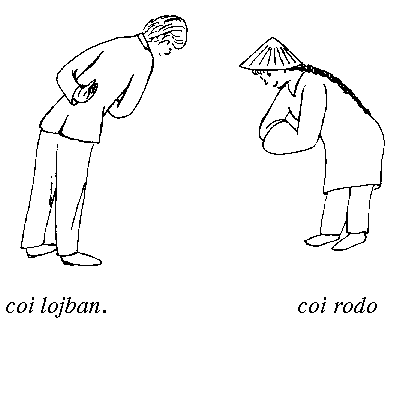Lojban (pronounced “LOZH-bahn”) is a constructed language. Previous versions of the language were called “Loglan” by Dr. James Cooke Brown, who founded the Loglan Project and started the development of the language in 1955. The goals for the language were first described in the open literature in the article “Loglan”, published in Scientific American, June, 1960. Made well-known by that article and by occasional references in science fiction (most notably in Robert Heinlein's novel The Moon Is A Harsh Mistress) and computer publications, Loglan and Lojban have been built over four decades by dozens of workers and hundreds of supporters, led since 1987 by The Logical Language Group (who are the publishers of this book).
There are thousands of artificial languages (of which Esperanto is the best-known), but Loglan/Lojban has been engineered to make it unique in several ways. The following are the main features of Lojban:
-
Lojban is designed to be used by people in communication with each other, and possibly in the future with computers.
-
Lojban is designed to be neutral between cultures.
-
Lojban grammar is based on the principles of predicate logic.
-
Lojban has an unambiguous yet flexible grammar.
-
Lojban has phonetic spelling, and unambiguously resolves its sounds into words.
-
Lojban is simple compared to natural languages; it is easy to learn.
-
Lojban's 1300 root words can be easily combined to form a vocabulary of millions of words.
-
Lojban is regular; the rules of the language are without exceptions.
-
Lojban attempts to remove restrictions on creative and clear thought and communication.
-
Lojban has a variety of uses, ranging from the creative to the scientific, from the theoretical to the practical.
-
Lojban has been demonstrated in translation and in original works of prose and poetry.
